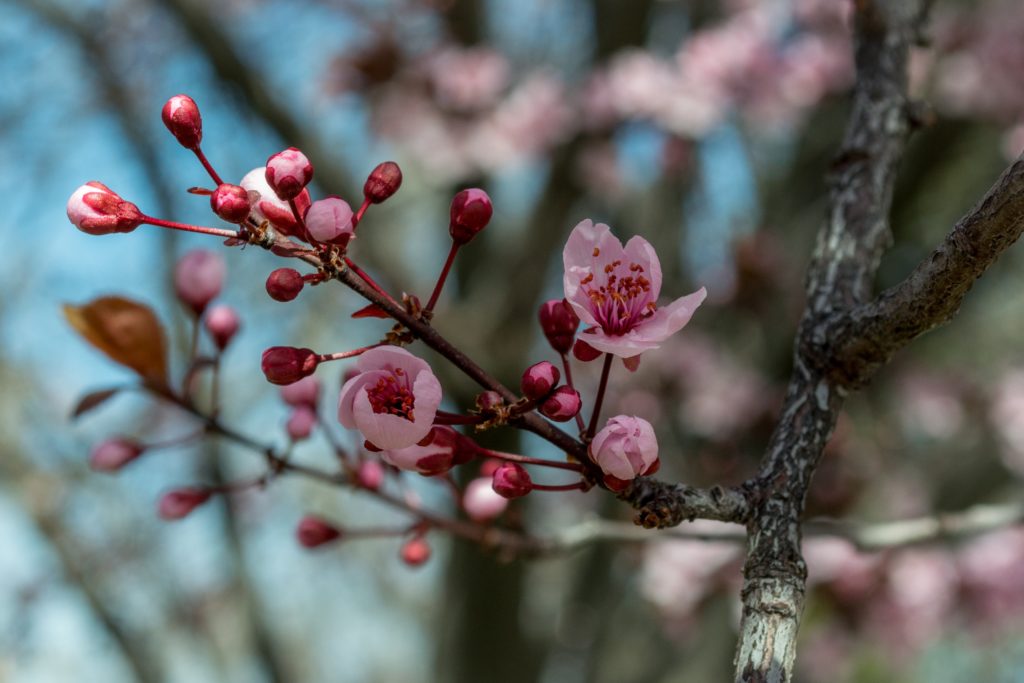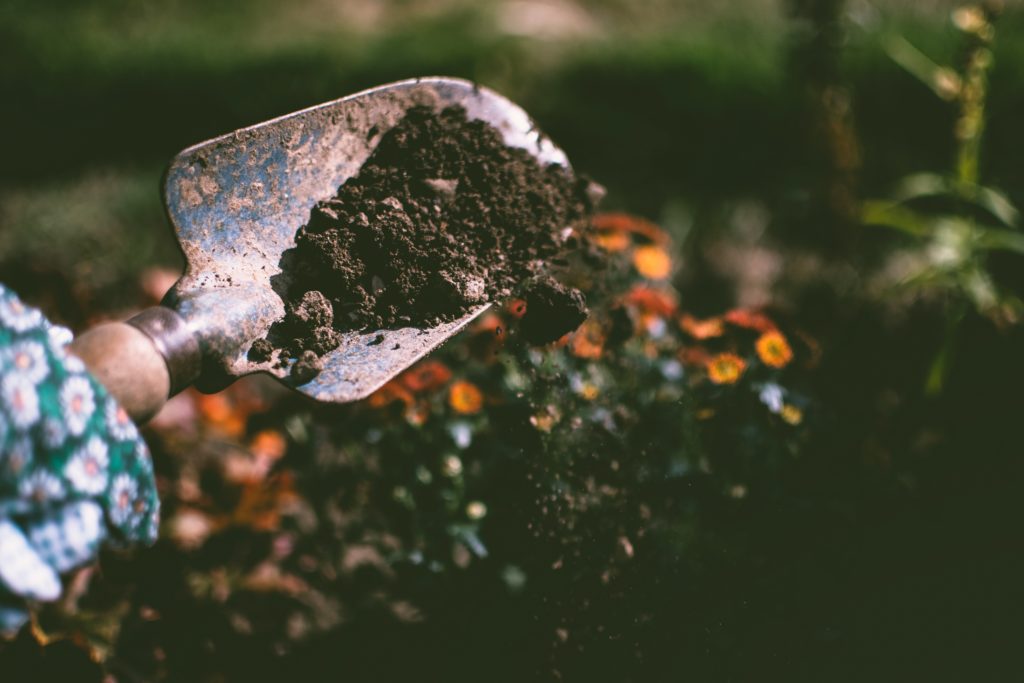Foliage problems on your trees and plants can include brown, curled, or wilted leaves. The leaves might have spots or change colour out of season. To know how to treat and protect your plant’s foliage, you need to look at common causes of leaf damage.
Brown or blackened leaves in springtime can be a sign of a tree that has suffered frost damage. This usually occurs when temperatures drop into the 20’s. Wrapping your tree in burlap can offer protection from frost damage. Fortunately, most healthy, well-established trees will recover and can develop new foliage and blooms.

Leaf scotch appears as browning on the tips of the leaf or yellowing in-between the veins. Scorch is often a result of overexposure to sun and high winds. Cheesecloth layered over the foliage can offer protection from harsh rays. Planting young trees in spring or fall when the sun is less bright will help lessen the chance of scorch.
Insects such as aphids, spider mites and whiteflies weaken plants by sucking the sap from leaves. Trees and plants infected with theses pest may have leaves with turn yellow or have a sticky residue. Checking new plants when adding them to your garden can reduce the likelihood of pest infestation.
Soil deficiencies are another source to check if you experience a change in the colour, appearance and health of your plants. Nitrogen, phosphorus and potassium deficiencies can be common occurrences that stunt the growth and vitality of your plants. Knowing your soil content and plant’s nutritional needs can help you balance your soil ph and ensure healthy foliage.

If you are moving existing plants or adding new shrubs to your garden, be mindful of transplant shock. Trees and plants moved to a new location need to re-establish their roots system. They may show signs of stress including wilting, scorched leaves, or leaves that change colour out of season. To help lessen shock, be sure to plant the tree in a hole 1/3 deeper an wider than it’s pot. Plants suffering from transplant shock will often recover. To determine if your tree is still living you can use the scratch test by selecting branches from several different areas of the tree. Scratch away the outer layer of bark and if the layer below is green, the tree is alive.